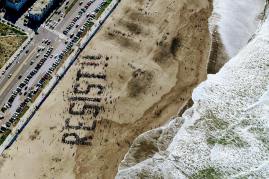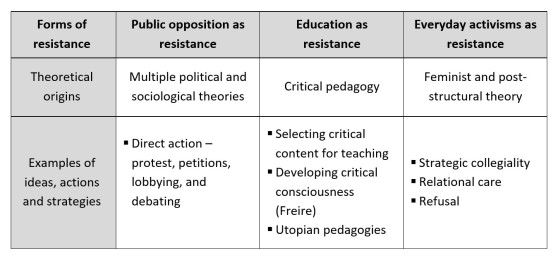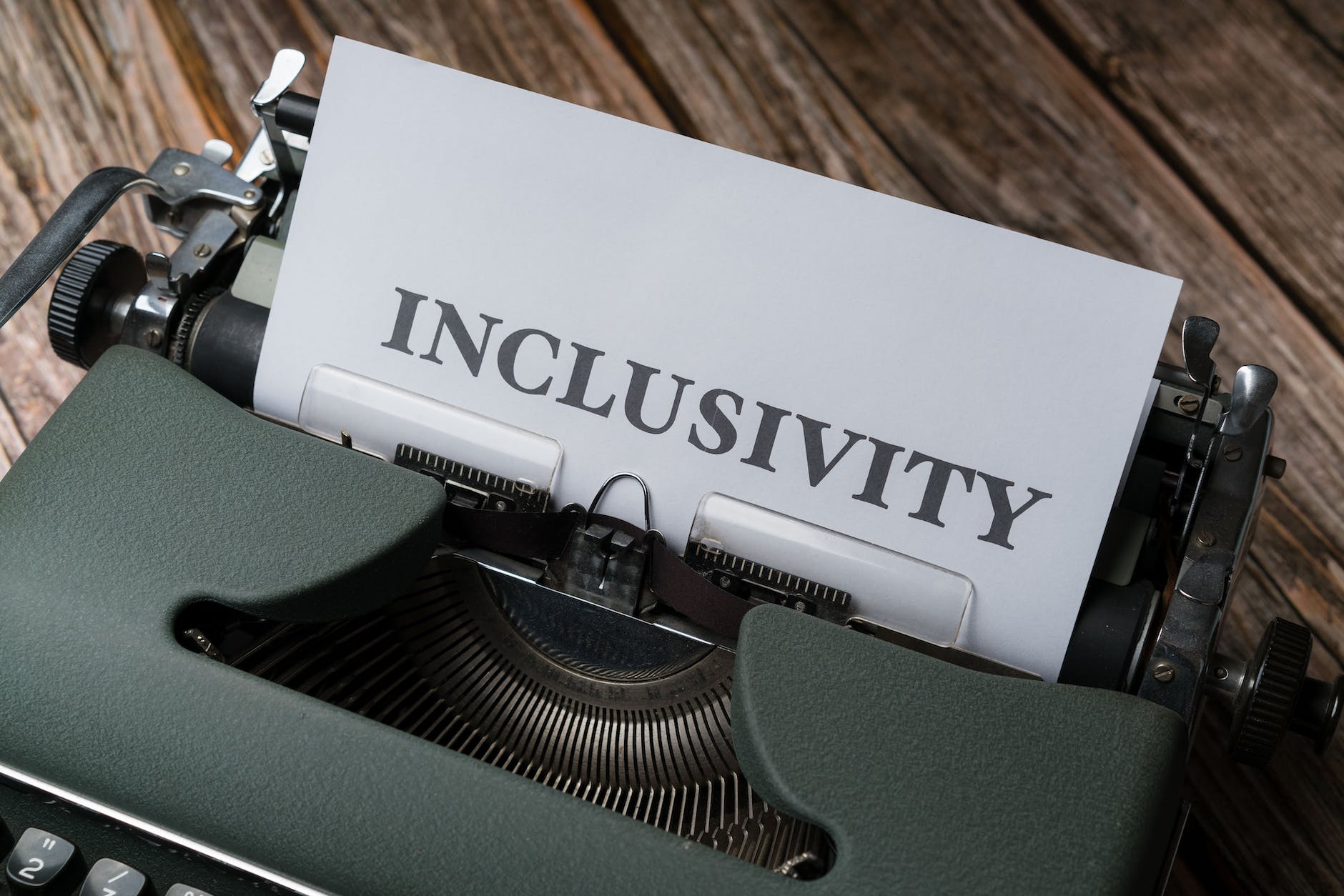The term ‘precarity’ has been used for many years in theorising insecure employment relations. There has been a longstanding trend in many countries, indeed, towards ever higher levels of casualised working conditions for those who teach in higher education. This new special issue of Teaching in Higher Education seeks to expand the boundaries around precarity in higher education teaching, in the hope of opening up new ways forward.
Precarious working conditions affect teaching in higher education
Research has already identified ways in which employing teaching staff on precarious contracts affects their teaching. It is not that such staff are poor quality teachers as such, but that the conditions under which they are employed pose challenges. How do you get to know your students without a suitable space in which to see them or without adequate time? How do you integrate into an academic community if you are not present at departmental meetings and not paid to engage in relevant professional development? In addition, it is well established that casualised working conditions affect some individuals more than others. Simon Marginson argued some 30 years ago that female academics were being disproportionately affected by employment on casual contracts.
Expanding the boundaries around precarity in teaching
Ongoing increases in the use of temporary contracts despite such research findings would suggest, though, that further insight would be valuable. We still find O’Keefe and Courtois recently arguing that women are particularly likely to work on casualised contracts, and thereby to experience gender inequality. It is one thing to be aware that discrepancies in working conditions between different members of staff promote inequities and constrain teaching quality, but something quite different for this to translate into revised policy and practice in the face of a global trend such as marketisation.
For change to happen, there is a need to develop further understanding of what is at stake for teaching in higher education where staff are employed on precarious contracts. In this, it is helpful to distinguish an overall condition of vulnerability from the precarity that represents a key feature of a labour regime. Such a perspective, indeed, helps to ensure that one does not simply concentrate on the stable forms of employment that particularly characterise economic activity in the Global North. The studies in this special issue would suggest that a response that targets the contractual terms of staff is far from the only way forward.
Inter-locking challenges
It must be recognised in introducing each of the papers, though, that the range of challenges faced by staff on precarious contracts is wide-ranging and substantive. The range of issues identified in the studies helps in filling out the scale of the challenge in addressing precarity in teaching.
For instance, Crutchley, Nahaboo and Rao investigated the experiences of 14 early-career teachers who had moved away from the national settings of their upbringings to work in higher education elsewhere. Their study revealed how the academic citizenship of internationally-mobile early-career teachers is influenced by multiple expressions of precarity, taking in issues that relate to migration, identity, economic standing and ideology.
McCulloch and Leonard, meanwhile, reviewed literature on the implications of precarious working conditions for university teaching, before going on to consider staff who support students’ capacity for academic writing. They identified challenges for the provision of academic writing support, from the way that knowledge is esteemed and communicated, and from the limitations of roles that involve partial sets of responsibilities.
The centrality of collegiality to teaching
Even still, a key thread across the studies in the special issue concerns the way in which collegiality in teaching represents an essential feature of an academic culture that responds to the challenges that precarity poses.
Oleksiyenko and Terepyshchyi undertook a qualitative study of the lived experience of 39 Ukrainian academics as they responded to the hardships of teaching in the midst of a war. The study highlights the value of academics in such an environment making contributions to university governance and taking a shared responsibility for academic life.
Collective organising offers realistic possibilities for staff to challenge normative discourses, as Wood et al. considered in their study of 13 teacher educators in Australia and New Zealand during the Covid-19 pandemic. They found that work to uphold teaching quality, collegiality, critical perspectives and care for others can constitute resistance that offers reasons for hope in the face of extreme forms of precarity.
Given the centrality of academic judgment in teaching, Glover, Myers and Collins were also clear that scope is present for teachers, in dialogue with others, to find their voice even in an extreme setting such as a pandemic. They explored the experience of twelve tutors from business and law in the UK during the early days of the Covid-19 pandemic.
New perspectives on taking responsibility
Misiaszek completed an experimental autoethnographic account of a range of precarities experienced as a lecturer working within China. Her work highlights the personal responsibility that comes from engaging with students, and that “every teaching moment holds the potential to be a new point of departure”.
Jimenez, meanwhile, offers an essay that draws together a body of theory and practice on the precarious expressions of identity that teaching staff experience in the face of functional university environments. He argues that one’s role as a teacher should be open both to encounters with students and to knowledge – and that only in this way can all teachers respond adequately to the pressures that they face.
Conclusions
The value of relationality and care-centric academic cultures is in view across the special issue. There is a need for permanent members of staff to sidestep aspects of performativity. The sector would benefit from new practices and forms of collective organising that give voice to staff in precarious contexts. If transformation of the conditions of vulnerability of those who teach in higher education is to occur, it will be critical to explore such avenues.
Peter Kahn (University of Manchester), Marie-Pierre Moreau (Anglia-Ruskin University) and Jess Gagnon (University of Manchester)










